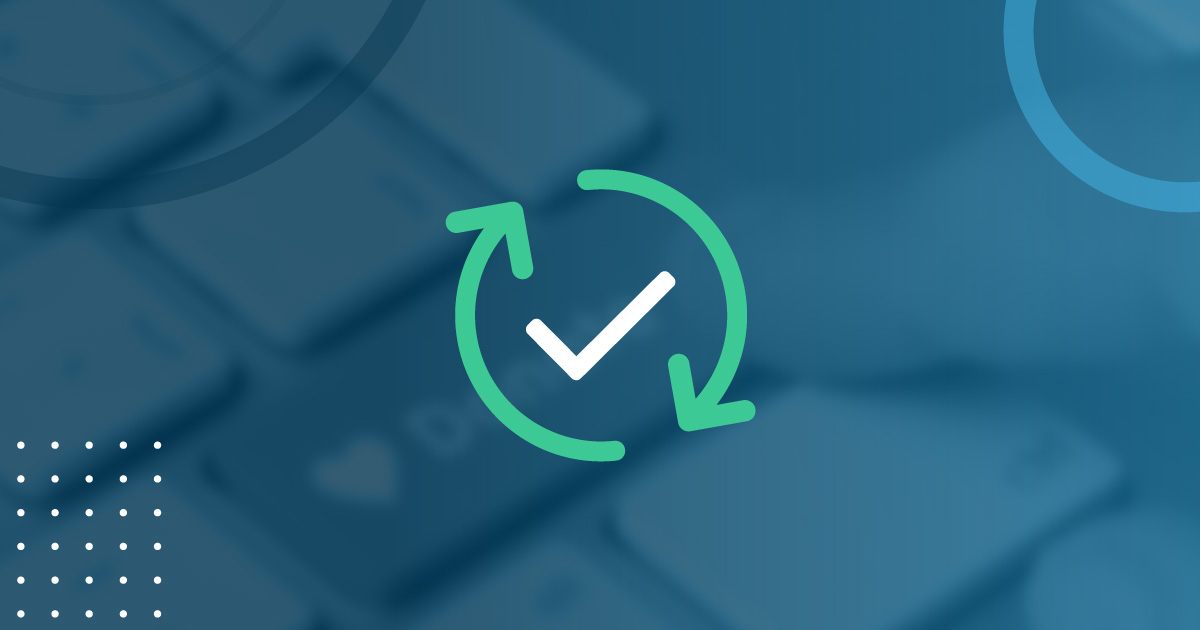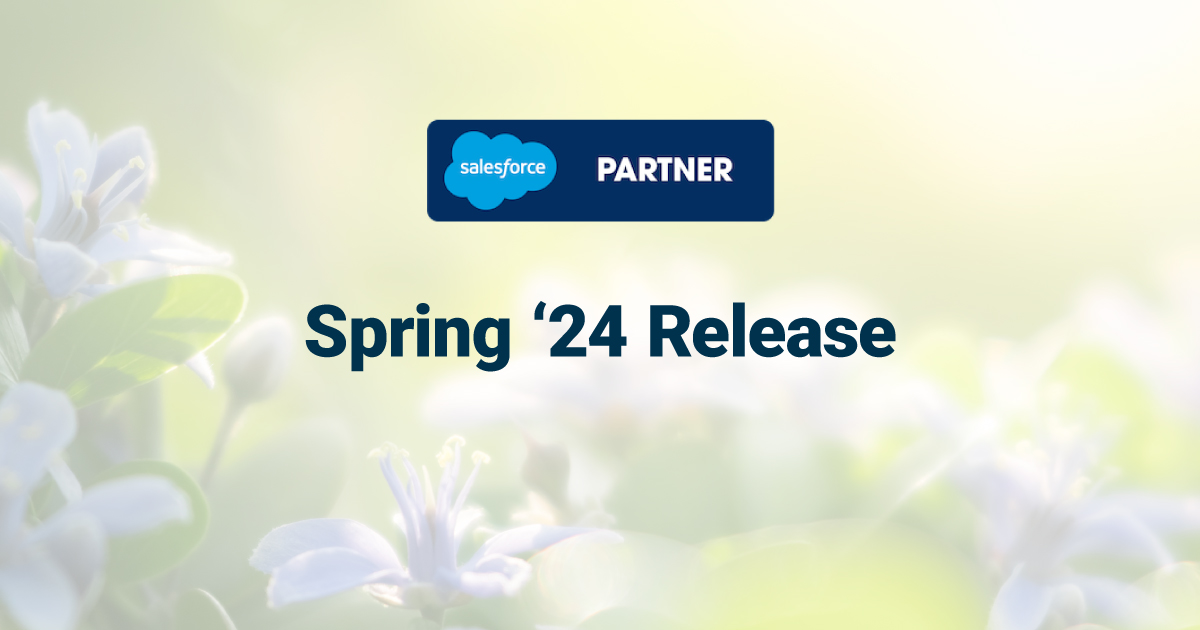Use Salesforce to Amaze Your Customers with Automated Proposals and Contracts
If you could write a proposal or contract that was accepted 100 percent of the time, you’d do it, wouldn’t you? Unfortunately, no single approach will get you to 100 percent acceptance. But, there are things we know about what customers want in a B2B proposal experience. Salesforce can help you produce proposals and contracts that provide a better customer experience and can increase your acceptance rate.
Why Business Proposals Fail
Customer experience is a big issue in today’s sales environment. It doesn’t matter how wonderful your product or service is, if you aren’t giving buyers a good experience while you guide them on the journey from prospect to customer, you’re not going to achieve your goals.
The proposal should be something that provides an easy transition from the information-gathering phase of a B2B sales cycle to the final approval. It should be something that cements your relationship with the prospect, not something that makes the prospect doubt that they should do business with you. These are some of the most critical factors to consider when preparing a proposal.
- Personalization. Buyers don’t want to see a standardized set of boilerplate content. Certainly, some portions of a proposal must contain standard terms, but using your buyer’s name and a statement of their specific needs will indicate that you care about working with them.
- Benefit Statements. It’s important that the buyer understands the value they will receive when they work with you. Proposals should describe features, but focus on benefits.
- Multiple Pricing Alternatives. Buyers are more in charge than ever before in the sales process. Offering pricing alternatives will give buyers the flexibility to select the pricing model that will work best for them.
- Professional Presentation. A proposal that contains spelling or grammar errors doesn’t encourage a buyer to approve the proposal. In addition, if a buyer needs to flip from one section of a proposal to another to comprehend the offering, you’re raising the frustration level for something that should flow smoothly.
- Quick Turnaround. Once a buyer is on the threshold of making a decision, they don’t want to wait to see something in writing. A delay in providing a proposal gives the buyer time to wonder why it’s taking so long, and they may end up going with another vendor who responded more promptly.
Not every salesperson is a great writer. The way to create winning proposals is to use automated tools to make proposal and quote preparation easy. Salesforce can help you impress buyers with well-written proposals and quotes.
Proposal Preparation without Salesforce
No salesperson wants to do a bad job of preparing proposals, but without easy to use tools, you’re making the challenge even more difficult. Here’s how one salesperson, Alex, prepared proposals before he got Salesforce.
Alex had several meetings with the buyer. He had a clear understanding of what the buyer needed and how his products could help solve the buyer’s problems. Alex opened the Word documents that he kept from past proposals, along with some boilerplate documents that contained separate terms and conditions for each of the two products his buyer needed.
He opened a blank Word document and started to cut and paste from several Word documents into the document for his current buyer. It was a challenge because he could only have one or two documents open at the same time, so he did a lot of switching back and forth.
Since there were in effect separate documents for each product, Alex put some thought into how he could combine the two, but since the process took so long, he ended up taking other telephone calls and he had an appointment he needed to keep that afternoon. He finally gave up and decided to complete work on the proposal the next day.
The next day, Alex decided to leave the two products as separate parts of the proposal. He quickly put the pieces together from the separate documents and emailed the document to his buyer. In his email, Alex asked the buyer to review the proposal, print out the approval pages for each product, sign them, scan them, and return the scanned pages via email.
When the buyer received the document, here’s what he found:
- Some of the content referenced another company name. Why? Alex hadn’t caught all of the instances where the company name appeared and the proposal included the name of the last buyer Alex worked with. The buyer reviewing the proposal felt like Alex was just spewing out boilerplate and didn’t really value his business.
- The products Alex had talked to the client about were in different sections of the proposal and the buyer wondered if using both products wasn’t a standard approach. The buyer also got frustrated trying to understand how the two products would integrate, why there were separate proposals for each one, and what the overall cost would be.
- The buyer thought it was a lot of trouble to print, sign, scan, and email the signature pages.
While the buyer was reviewing the proposal and trying to stifle his frustration, he received a proposal from the salesperson he had met with that morning. The competitor’s proposal was easy to understand and respond to. Alex lost the sale.
Proposal Preparation with Salesforce
Alex wasn’t sure what would happen when his company introduced Salesforce. However, what he found was that the software opened new ways for him to excel. He found the CRM to be just what he needed to manage his accounts and new opportunities.
The automation features in Salesforce saved Alex a lot of time. He could track his deals, the products a buyer needed, the stage a deal was in, and review the other vendors he was competing with on a specific opportunity. He especially liked the fact that when he took certain actions, like sending a proposal, Salesforce would automatically update the opportunity’s stage.
Then, Alex wanted a faster and better way to manage proposals and quotes. He wanted to simplify the process of creating a proposal and the process the buyer used to approve the proposal. That’s when his company partnered with Galvin Technologies. The result was that Galvin helped Alex and his coworkers harness the true power of Salesforce and become proposal masters.
 Galvin integrated the DocGen capabilities from Nintex that allow Alex to create proposals and quotes from within Salesforce. Now, Alex can quickly create error-free documents to amaze his prospects.
Galvin integrated the DocGen capabilities from Nintex that allow Alex to create proposals and quotes from within Salesforce. Now, Alex can quickly create error-free documents to amaze his prospects.
All of the information about the products Alex sells is resident within Salesforce. With the product catalog already in Salesforce, he simply uses the “Generate Contract” button, selects the content he needs for his proposals and Salesforce does the rest. Alex can even create a pricing matrix that offers the buyer multiple-year options in terms of the pricing model they want to use.
Today, when Alex meets with a buyer, he can generate a proposal wherever he is – in the office or on the road. He opens Salesforce, and then selects the components of the proposal that include polished text with the buyer’s company name and other personalization data inserted where needed. Salesforce creates a PDF and sends the proposal through Docusign, another capability Galvin incorporated into the workflow.
Now, when Alex sends a proposal, the buyer receives an email notifying them that a proposal is waiting. The buyer can review the proposal, and then affix a digital signature. The deal is finalized, Alex is happy, and his bosses are celebrating.
Alex can now generate a proposal in minutes, which impresses his contacts. His contacts are also impressed with the ease of reviewing and approving the proposal. No more printing, signing, scanning, and emailing! The customer experience Alex can now offer his buyers is outstanding, and he’s closing many more deals than in the past.
If you want to embrace the true power of Salesforce, contact us today.













